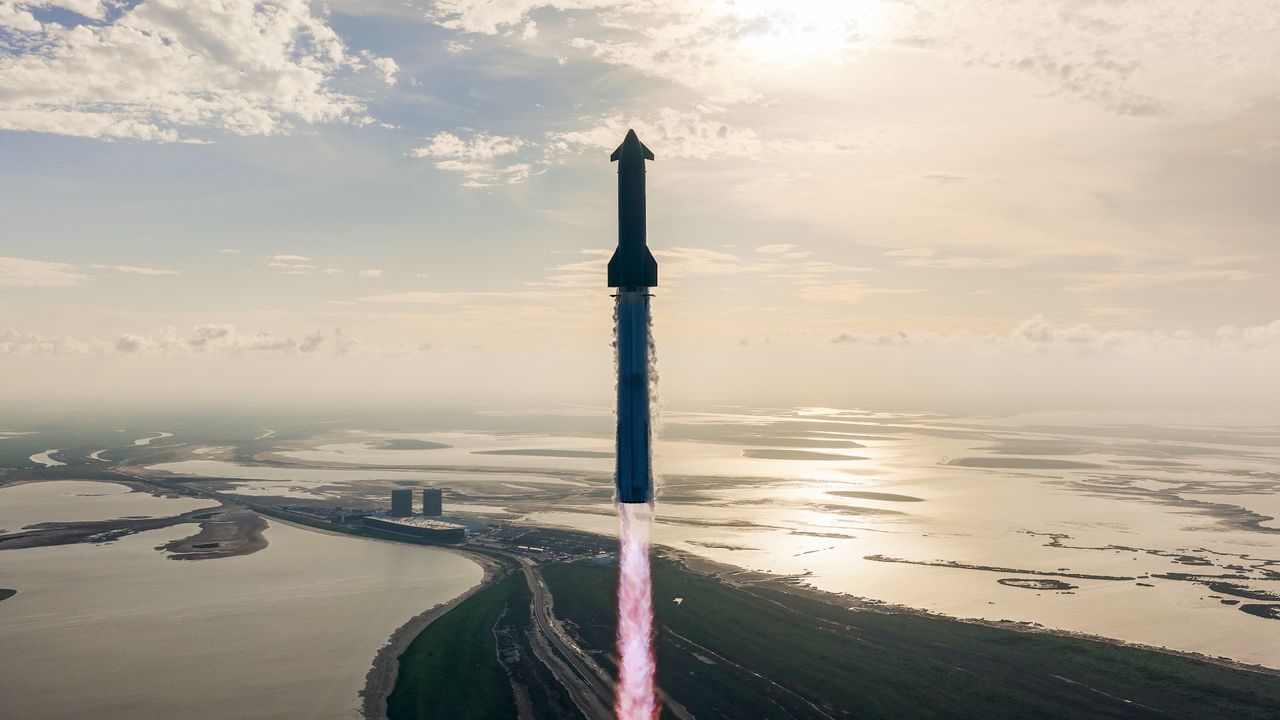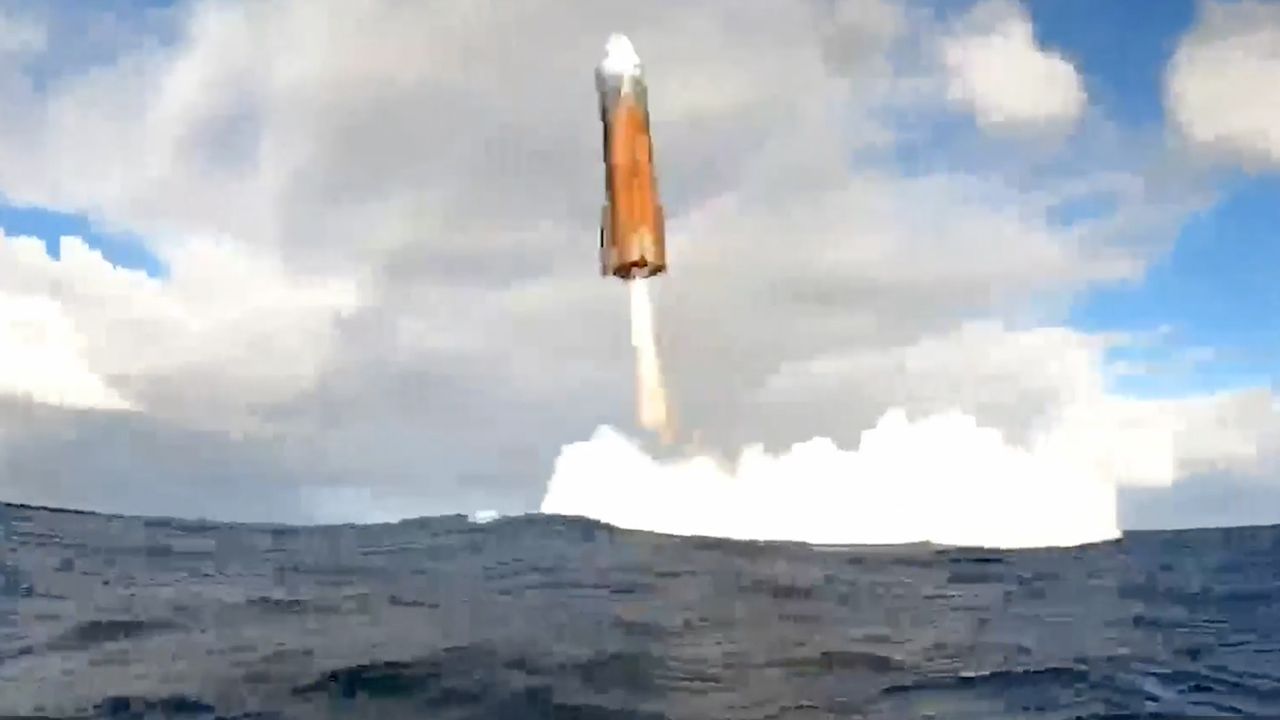Now Reading: SpaceX Hails Starship Flight 10 Test as Major Success, Achieves Key Objectives
-
01
SpaceX Hails Starship Flight 10 Test as Major Success, Achieves Key Objectives
SpaceX Hails Starship Flight 10 Test as Major Success, Achieves Key Objectives

Fast Summary:
- SpaceX’s Starship megarocket successfully launched on its 10th test flight from South Texas on August 26, 2025.
- The mission marked major milestones for the fully reusable rocket system, gathering critical data to inform designs of next-generation Starships and Super Heavy boosters.
- Starship deployed payloads (dummy versions of eight Starlink satellites) for the first time and re-ignited one upper-stage engine in space – a capability needed for operational flights.
- Super Heavy also achieved a successful landing burn and splashdown in the Gulf of Mexico after disabling one engine during landing, improving its future reliability.
- During reentry testing in the Indian Ocean,design stress tests led to damage on Ship’s base; it later exploded upon splashdown as expected but remained intact during descent.
- Previous attempts this year had seen failures with upper-stage explosions, reentry issues, or test explosion incidents during readiness stages.
- The flight intentionally pushed vehicle limits by removing heat-shield tiles to gather research data.
Image: SpaceX’s Starship megarocket launch
Indian Opinion Analysis:
This milestone highlights progress toward fully reusable spacecraft systems capable of supporting ambitious use cases including interplanetary missions (like Mars colonization) envisaged by SpaceX founder Elon Musk. Despite setbacks earlier this year-such as upper-stage failures or damage mid-flight-the success marks incremental advancements toward robust launch technologies vital for reducing costs and improving frequency in space exploration efforts.
For India’s burgeoning space sector pursuing ambitions outlined through ISRO programs such Chandrayaan/Mangalyaan expansion trajectory impacts competitiveness stack ! nations Race Context-bound sinais .
Read More: Space.com Article

























